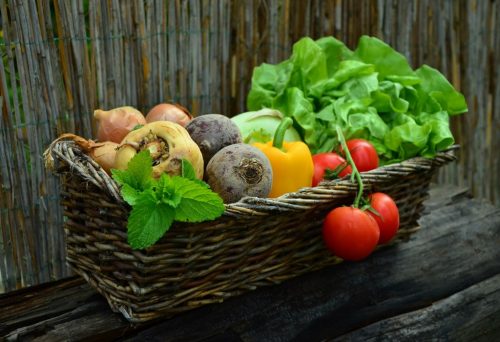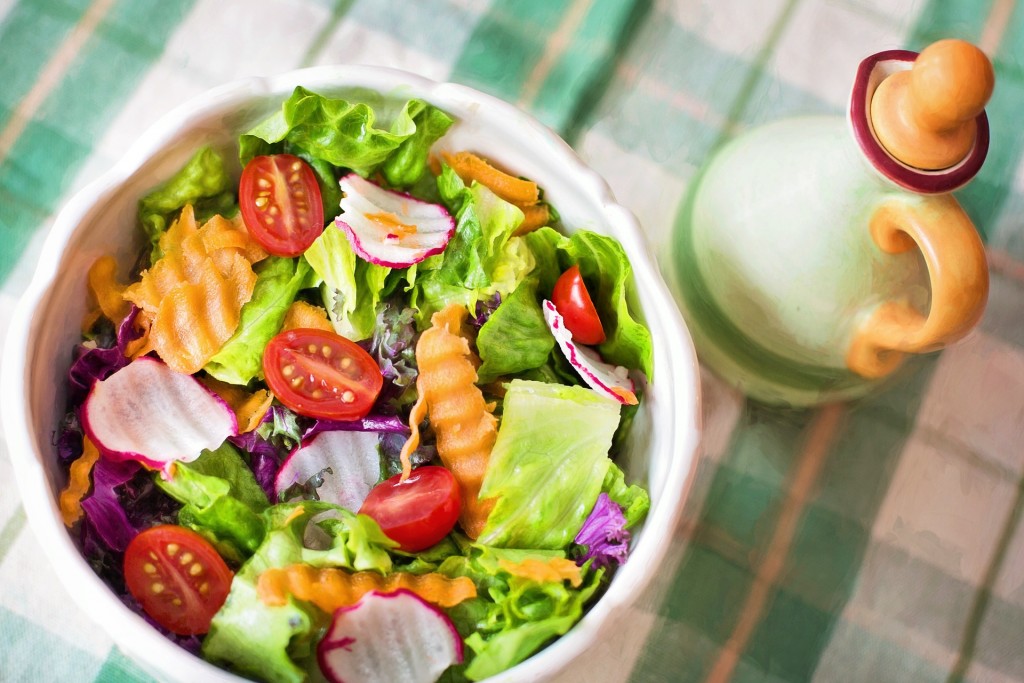There are number of guidelines regarding nutrition in an Ayurvedic Diet and lifestyle. Majority of these is to represent a typical approach to healthy eating in general. The 90-10 rule is practiced, which means that you may follow the guidelines 90% of the time and the remaining 10% is for the flexibility in your diet that you let yourself experience every day. Here in this article we will be providing you with 10 guidelines for Ayurvedic Diet Plan that helps you to keep perfect health always. These Guidelines may seem extreme, but compared to other weight loss schemes, they are milder and include all food groups.
Here are the guidelines that you can integrate in your daily life.
Ayurvedic Diet Plan for Perfect Health – 10 Tips

- Eat a lots of vegetables that include little portions of bitter greens, tender fenugreek, bitter gourd, and daikon radish combined with tridoshic vegetables like zucchini, asparagus, loki squash, carrots, tender greens and green beans.
- Only eat when hungry and this is only when your previous meal has been digested completely. There are times when you think you are hungry, but it can sometimes be due to dehydration. Know your body and find out when it really needs food.
- The largest meal of the day should be eaten at lunch and include warm, cooked foods. Lunch is when the body can digest properly and incorporate bigger food quantities because digestion is strongest at noon and there can be a lot of active hours to digest food before sleeping.
- Always start the day with hot lemon treatment. What you need to do is squeeze a medium-sized lemon in a cup of hot water and drink it as you wake up in the morning. Lemon has antibacterial properties and acidity that decrease yeast proliferation.
- Only eat quality food which means that your meal should be juicy or a little oily to promote digestion and improve the absorption of nutrients. Stay away from foods that are too dry.
- Make time for exercise because it fights against almost everything that makes us ill. It improves ones digestion, elimination, complexion, metabolism, muscle tone, strength, and density of bones. It also helps in maintaining weight.
- Use spices when cooking because they enhance digestion and battle toxins. Turmeric, cumin, black pepper, dried ginger, and cinnamon are all good options. Spices should be consumed cooked, not raw.
- Rough over smooth food. There is an explanation why fruits and vegetables are also known as roughage; they have fibrous structures that give them rough quality. This is why ayurvedic kapha diet works well with eating large quantities of fruits and vegetables.
- Ayurvedic Pitta diet is enhanced by sweet, astringent, and bitter tastes and irritated by foods that are pungent, sour, and salty. Understanding these tastes allow people to navigate a pitta diet without having to remember a list of foods to eat and avoid.
- Eating grains enhance the Ayurvedic vata diet because they are mostly sweet, digestible, nourishing, and cooked through. Mushy grains and puddings are examples of smooth quality and when made sweet or spicy, are mostly comfort foods that are delicious. Avoid eating grains that are dry, light, rough, dense, or heavy.
Know you body type and follow the above suggested guidelines, this will make your Ayurvedic diet plan successful and helps you gain the perfect health.
- The Namagiri Thayar Mantra – For Wisdom, Creativity & Prosperity - April 29, 2024
- Krishnashtakam – “Krishnam Vande Jagadgurum” – Lyrics & Meaning - April 4, 2024
- Karadarshanam – “Karagre Vasate Lakshmi” – Meaning & Benefits - March 26, 2024


0 Comments
Trackbacks/Pingbacks